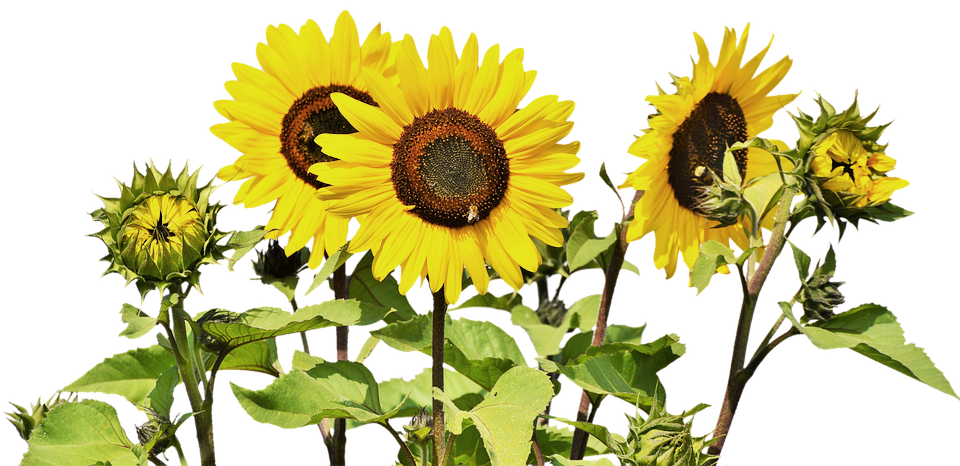
Essential Tips for Stress-Free Transplanting
By Chris Edmunds
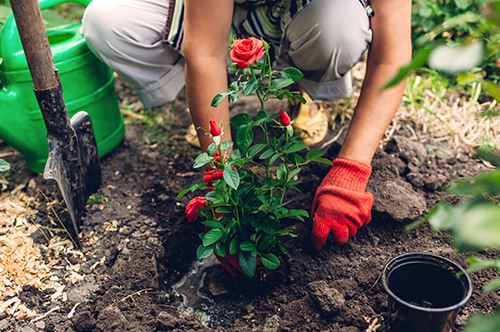
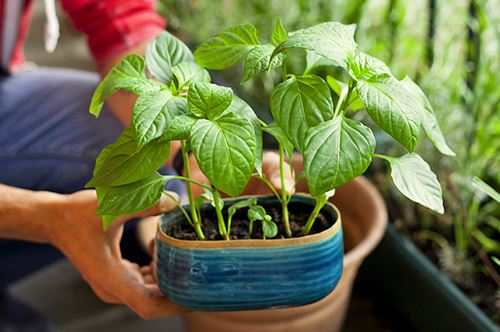 Transplanting is the process of relocating a plant, either from one spot in your garden to another or from a pot to pot. Nursery pots are designed to be a temporary home for seedlings, and all plants should be transplanted or potted up into a more permanent pot. But, transplanting can be a stressful experience for plants.
Transplanting is the process of relocating a plant, either from one spot in your garden to another or from a pot to pot. Nursery pots are designed to be a temporary home for seedlings, and all plants should be transplanted or potted up into a more permanent pot. But, transplanting can be a stressful experience for plants.
There are a few key things we can do to reduce the shock of transplanting and help our little seedlings settle into their new homes.
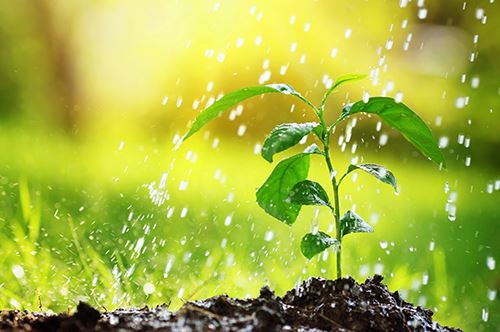 Water, Water Everywhere
Water, Water Everywhere
The day before you transplant, give your seedlings a deep watering. If your plants are in nursery pots, set them in a tray of water, or the bottom of the sink, and let them soak up as much as they can for an hour. If you're digging a plant out of the garden to move it, leave the hose near its base on a slow trickle. Move it to a new spot around the plant every 30 minutes to an hour, and let it trickle for several hours. If you have a bare root plant, let it soak in a bucket of water for several hours.
Make sure soil in a new pot is damp already, and water again after transplanting. If you’re moving to a new spot in the yard, fill the new hole 3/4 full with water before setting the plant in. Let the water soak in around the plant a bit, pack the soil in, and water again.
The exception to this heavy watering regimen is succulents. It is a good idea to water them when transplanting, but too much water can be stressful, so they need to be left to dry after transplanting.
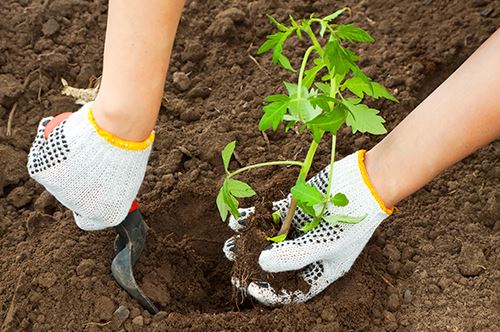 Wait Out the Weather
Wait Out the Weather
Plants are less stressed if they're moved when the weather is cooler and shady, so transplant on cloudy days or in the early mornings or evenings. Hot midday sun on exposed roots and stressed leaves, even if only for a few minutes, can cause a ton of stress to a plant—especially small seedlings that dry out extremely fast.
Recovery Time
When moving outdoor plants, the evening is the best time for transplanting. This gives them the entire night to settle into their new spot before being exposed to heat and sun again. If you have a way to shield new transplants from the sun, they'll benefit from a little shade for 24 hours.
When transplanting into containers, it’s best to keep fresh transplants in shade for a minimum of 24 hours. 2-3 days is even better. This gives them a chance to re-establish their roots.
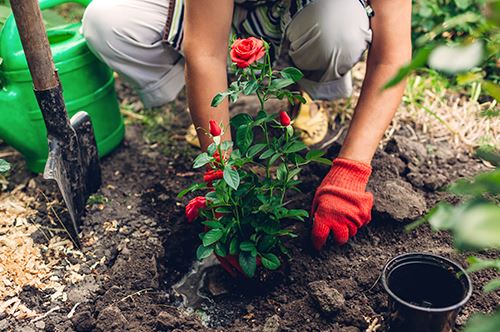 Transplanting Aftercare
Transplanting Aftercare
Keep a close eye on your fresh transplants for a week or two. They may need more frequent watering in the first week or two. It is possible, and even likely, that your transplants may experience some leaf drop in the days and weeks after, from the stress. Monitor the soil, and if they dry out, water them generously.
Transplanting can be a stressful experience for your plants. But, you can ease the transition for them with a little bit of prep and the right know-how!

